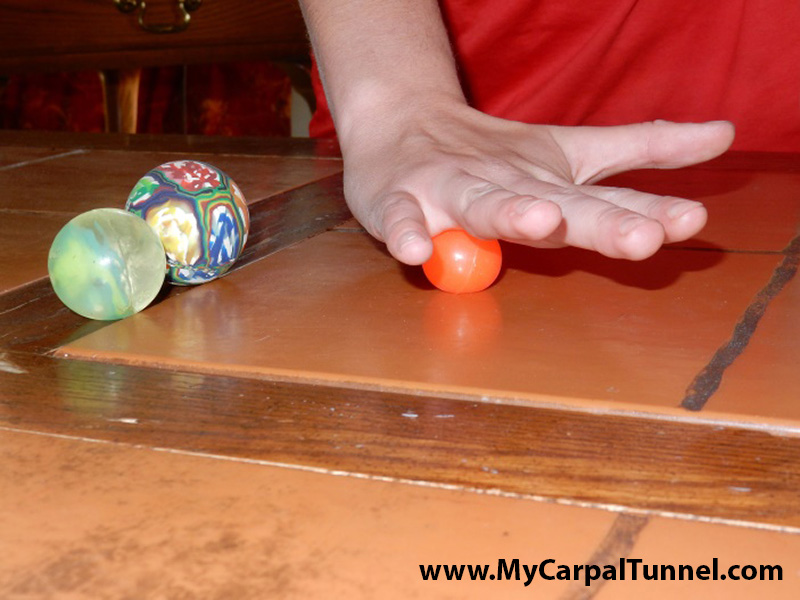Temporary Filling After Root Canal

When a tooth undergoes a root canal, it’s essentially a hollow shell of its former self. The pulp, nerves, and bacteria are removed, leaving behind a canal system that needs to be filled and sealed to prevent further infection. The process of filling a tooth after a root canal is crucial, as it helps restore the tooth’s function and prevent potential complications. In this article, we’ll delve into the world of temporary fillings after root canal therapy, exploring the materials, techniques, and best practices for ensuring a successful outcome.
Why Temporary Fillings?
A temporary filling, also known as an interim restoration, is placed in the tooth immediately after the root canal procedure. Its primary purpose is to seal the tooth, preventing bacteria and other contaminants from entering the canal system while the tooth is healing. Temporary fillings are usually made of a soft, provisional material that can be easily removed when the permanent filling is placed.
Materials Used for Temporary Fillings
Several materials can be used for temporary fillings after a root canal, each with its own advantages and disadvantages. Some common materials include:
- Zinc oxide-eugenol (ZOE) cement: A popular choice for temporary fillings, ZOE cement is a mixture of zinc oxide and eugenol. It has antibacterial properties, is easy to use, and provides a good seal. However, it can be brittle and may not be suitable for teeth that are subject to heavy chewing forces.
- Cavit: A type of temporary filling material, Cavit is a mixture of zinc oxide, zinc sulfate, and glycerin. It’s easy to use, provides a good seal, and is relatively inexpensive. However, it may not be as durable as other materials and can be sensitive to moisture.
- Gutta-percha: While not typically used as a temporary filling material, gutta-percha can be used in combination with other materials to create a temporary restoration. It’s a popular choice for permanent fillings due to its biocompatibility and ability to seal the canal system effectively.
- Resin-based materials: Some temporary filling materials, such as resin-modified glass ionomers, combine the benefits of resin-based materials with the ease of use of traditional temporary filling materials. These materials are more durable than traditional temporary fillings and can provide a better seal.
Techniques for Placing Temporary Fillings
The technique used to place a temporary filling after a root canal is crucial in ensuring a successful outcome. Here are some key considerations:
- Access cavity preparation: The access cavity, which is the hole created to access the canal system, should be prepared to receive the temporary filling material. This involves shaping the cavity to provide a smooth, even surface for the material to bond to.
- Material selection: The choice of temporary filling material will depend on the specific needs of the tooth and the patient. Factors such as the tooth’s location, the patient’s bite, and any sensitivities or allergies should be taken into account.
- Placement and shaping: The temporary filling material should be placed in the access cavity, shaping it to conform to the contours of the tooth. The material should be packed firmly into the cavity to ensure a tight seal.
- Sealing the canal system: The temporary filling material should be used to seal the canal system, preventing bacteria and other contaminants from entering the tooth.
Best Practices for Temporary Fillings
To ensure a successful outcome, it’s essential to follow best practices when placing temporary fillings after a root canal. Here are some key considerations:
- Use a sufficient amount of material: Using too little material can result in a poor seal, while using too much material can make it difficult to remove the temporary filling.
- Shape the material correctly: The temporary filling material should be shaped to conform to the contours of the tooth, providing a smooth, even surface.
- Ensure a tight seal: The temporary filling material should be packed firmly into the access cavity to ensure a tight seal.
- Monitor the patient’s progress: The patient should be monitored for any signs of complications, such as sensitivity, pain, or swelling.
Potential Complications and Solutions
While temporary fillings are generally safe and effective, there are potential complications that can arise. Here are some common issues and their solutions:
- Sensitivity or pain: If the patient experiences sensitivity or pain after the temporary filling is placed, it may be necessary to adjust the filling or use a different material.
- Infection: If the temporary filling becomes dislodged or the seal is compromised, bacteria can enter the canal system, leading to infection. In this case, the temporary filling should be replaced, and the patient should be monitored for signs of infection.
- Fracture or damage: If the temporary filling becomes damaged or the tooth fractures, it may be necessary to replace the temporary filling or perform additional restorative work.
What is the purpose of a temporary filling after a root canal?
+The purpose of a temporary filling after a root canal is to seal the tooth, preventing bacteria and other contaminants from entering the canal system while the tooth is healing.
What materials are commonly used for temporary fillings after a root canal?
+Common materials used for temporary fillings after a root canal include zinc oxide-eugenol cement, Cavit, gutta-percha, and resin-based materials.
How long does a temporary filling last after a root canal?
+The length of time a temporary filling lasts after a root canal can vary depending on the material used and the specific needs of the tooth. Typically, a temporary filling can last from a few weeks to several months.
In conclusion, temporary fillings play a crucial role in the success of root canal therapy. By understanding the materials, techniques, and best practices for placing temporary fillings, dental professionals can ensure a successful outcome and provide patients with a comfortable, functional tooth that will last for years to come. Whether you’re a dentist, a patient, or simply someone interested in learning more about temporary fillings, we hope this article has provided you with valuable insights and information to make informed decisions about your oral health.
